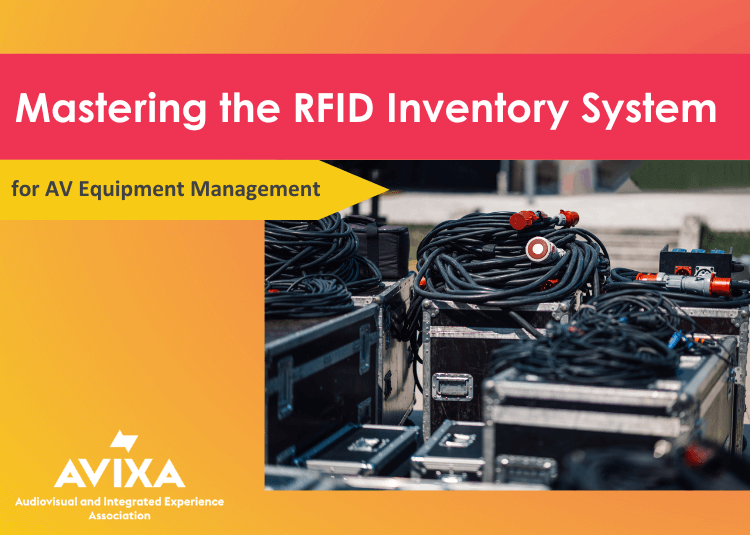News & Trends
Sustainability on Set
Once, the term “green runners” was commonly used on film sets. These folks were responsible for implementing and overseeing sustainability initiatives during production, but they didn’t have the authority or respect to enact much real change. While the term "green runners" may not be as commonly used today, the concept of promoting sustainability on sets is still very much alive.
Meet Louise Smith, the founder and managing director of Neptune Sustainability. After receiving a biology degree and a master's in resource management, she started building up her own business. Combining her experience in the environmental management sector with sustainability practices in the film world, she opened Neptune Sustainability. Following years of research into the workings of the industry, life on set, and the resulting environmental and climate impacts of production, she began work on her first studio feature in 2013.
Since then, she has been a part of many big-budget Hollywood productions, including Christopher Robin, No Time to Die, Fast & Furious: Hobbs & Shaw, and Jurassic World: Dominion. As Sustainability Manager on Jurassic World: Dominion, Smith worked to embed sustainability into the film's entire production process.
“On a big-budget film, we are responsible for calculating the carbon footprint of the production,” explained Smith. “We also are responsible for actually reducing those impacts.”
For Jurassic World: Dominion, solutions were found in areas in which one might assume there isn’t space for sustainability. The film was shot at Pinewood Studios, which currently runs on renewable energy. Even the animatronic dinosaurs, made of silicon and fiberglass molds, were recycled. When it comes to AV, some of the solutions came from looking at how the sets were powered.
“So traditionally, if you are not near what we call a main zone… we would take a diesel generator – horrible emissions, super inefficient, but very flexible. So, now we're really looking at how do we replace that with something that is a lower carbon technology,” said Smith.
Smith believes that the increased exposure of climate and sustainability issues in the public consciousness will continue to be a driver for change. And it certainly helps that these solutions are becoming easier to implement. Advancements in technology, like video conferencing and virtual production, have reduced the need to travel to physical film set locations.
“I think what gives me hope is that these solutions are starting to become available. They're starting to become affordable,” Smith said.
For a closer look at sustainability behind the scenes, check out this video on AVIXA TV, where AVIXA spoke with Smith about her work, including the challenges and solutions that present themselves when trying to get feature films to net zero.







.png?sfvrsn=519c2f3c_1)





